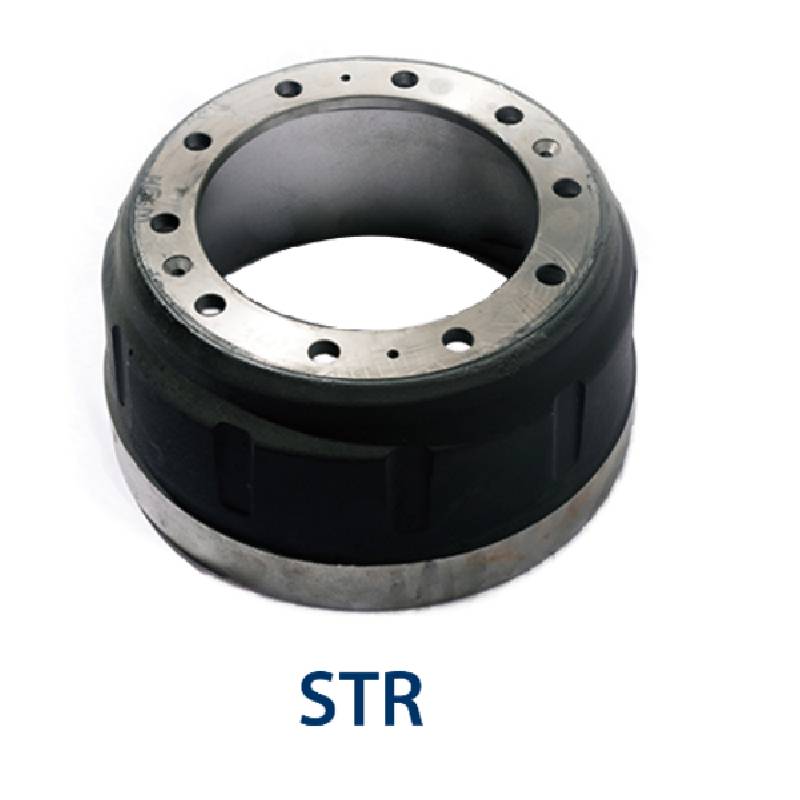Dec . 04, 2024 10:33 Back to list
Common Issues with Car Brake Drums and How to Identify Them
Understanding Car Brake Drum Problems
Car brakes are essential to vehicle safety, ensuring that drivers can slow down or stop effectively. One critical component of the braking system in many vehicles is the brake drum, which plays a vital role in the braking process. While brake drums are designed to be durable, they can experience problems over time due to wear and tear, lack of maintenance, or manufacturing defects. In this article, we will explore common brake drum problems and how to address them.
1. Warping of Brake Drums
One of the most common problems with brake drums is warping. This occurs when the drums are subjected to excessive heat, often caused by prolonged or aggressive braking. The heat can cause the metal to expand and, after repeated cycles of heating and cooling, it may not return to its original shape. Warped drums lead to uneven wear of the brake shoes and can cause vibrations and poor braking performance. If you notice a pulsating sensation when braking, it could be a sign of warped drums. Inspection and resurfacing of the drums or replacement may be necessary to restore proper functionality.
Brake drums can develop cracks or fractures over time due to pressure and stress. This is especially true for drums made from poor-quality materials or those that have been overheated. Cracked drums are a significant safety hazard and can lead to brake failure. If you notice any visible cracks or if your brakes are making unusual noises, it’s crucial to have them inspected immediately. Replacement is usually the best option if cracks are found.
3. Brake Shoe Wear
car brake drum problems

Brake shoes are designed to press against the brake drums to create friction and slow down the vehicle. Over time, the friction material on the shoes wears down, which can lead to reduced braking efficiency. If the shoes are excessively worn, they may not establish adequate contact with the drum, which can lead to increased stopping distances and a higher likelihood of brake failure. Regular inspection can help identify worn brake shoes before they cause problems.
4. Contamination
Another issue that can affect brake drums is contamination from oil or grease. If a substance leaks onto the brake components, it can create a slippery surface that diminishes the friction necessary for effective braking. Contaminated brake drums can lead to increased stopping distances and may also cause uneven wear on the brake shoes. If you suspect contamination, it's essential to have the brakes cleaned and the source of the leak fixed.
5. Improper Installation
Improper installation of brake drums can lead to various issues, including misalignment and excessive wear. If drums are not fitted correctly, they might not rotate smoothly, which can strain other components of the braking system. It’s advisable to have a qualified technician perform any brake service to ensure that all components are installed correctly and functioning properly.
Conclusion
Brake drum problems can significantly affect the safety and performance of your vehicle. Regular maintenance and inspections are crucial in identifying and addressing these issues before they lead to more severe problems. If you experience any strange noises, vibrations, or decreased braking efficiency while driving, it is essential to seek professional help promptly. Ensuring that your brake system, including the brake drums, is in top condition is critical for safe driving. Remember, your brakes are one of the most vital safety components of your vehicle — don’t take any chances.
-
Brake Drum Man High-Quality Drum Brake Drum and Brake Shoe Supplier
NewsJul.06,2025
-
High-Quality Brake Drum Liza for Reliable Performance Drum Brake Drum & Brake Shoe Solutions
NewsJul.06,2025
-
High-Quality Brake Drum MAZ – Durable Drum Brake Drum & Brake Drum and Brake Shoe Solutions
NewsJul.05,2025
-
High-Quality Brake Drum Iveco - Durable Drum Brake Drum & Brake Shoe Solutions
NewsJul.05,2025
-
High-Quality Brake Drum MAZ – Durable Drum Brake Drum & Brake Drum and Brake Shoe Solutions
NewsJul.04,2025
-
Brake Drum Man - High-Quality Drum Brake Drums & Brake Shoes for Reliable Performance
NewsJun.24,2025
